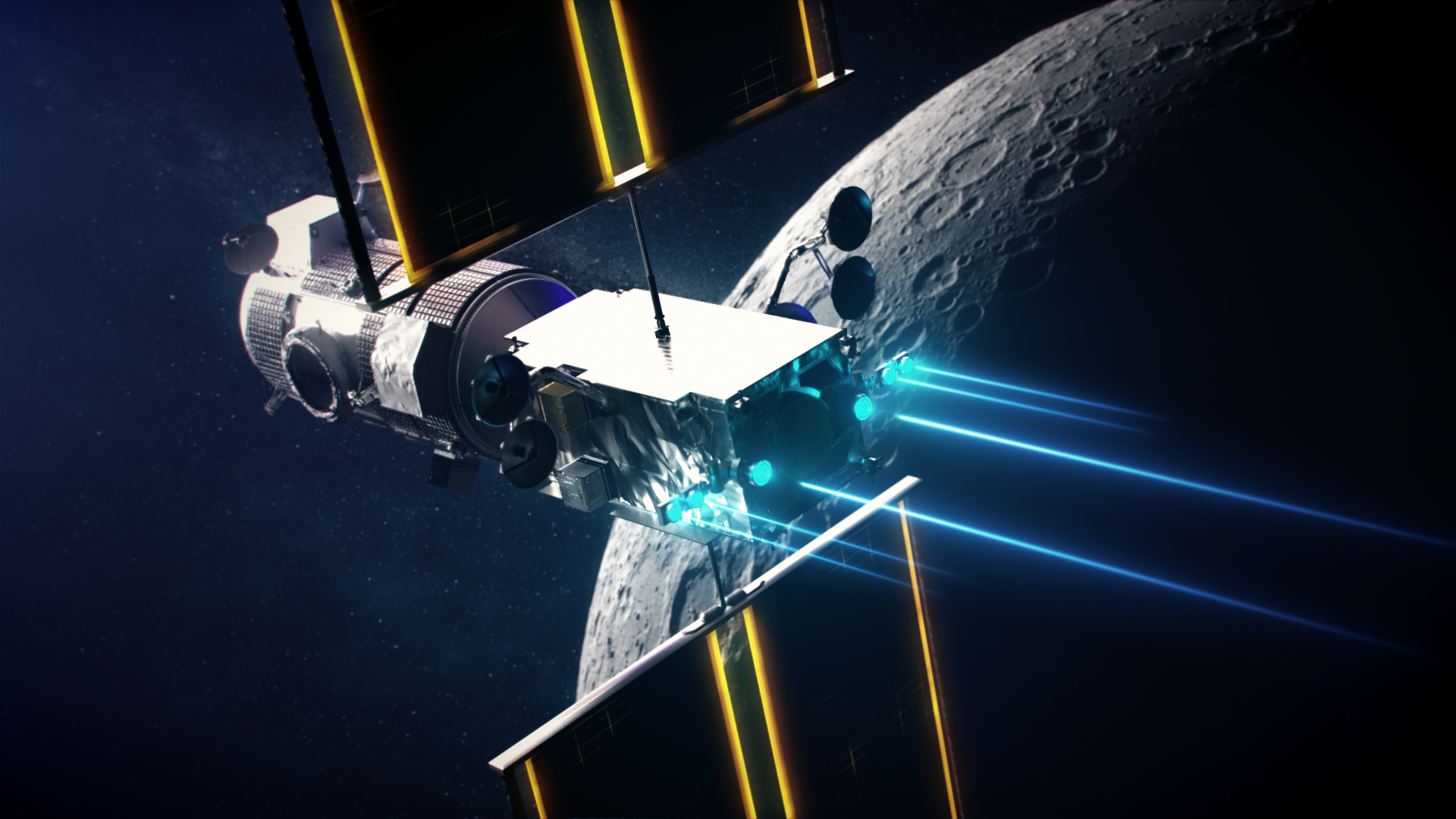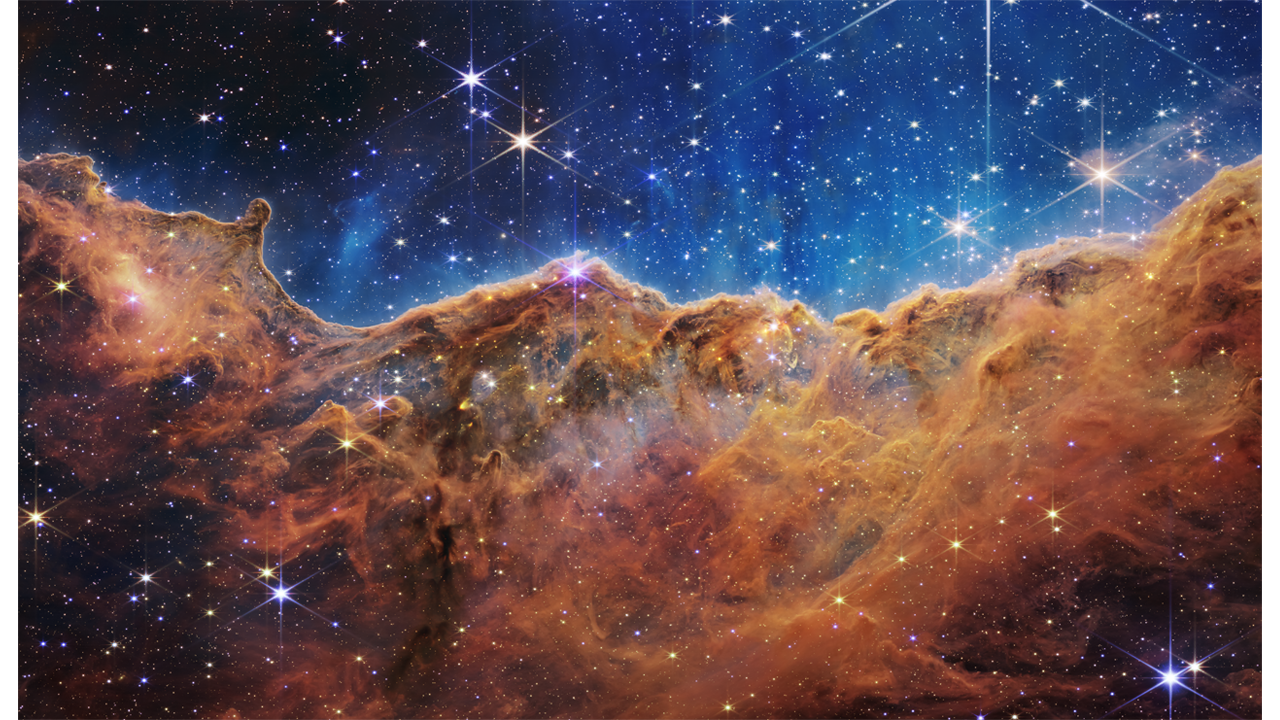There are many reasons to return to the Moon. On 20 July 1969, Apollo 11 brought the first astronauts to Earth's only natural satellite. However, Neil Armstrong and Edwin Aldrin only spent a good two and a half hours on the lunar surface before returning to their lander and making their way back to Earth. It was not until Apollo 15 that a mission with a longer dwell time and a stronger focus on scientific aspects – especially geology – was launched. But the programme ended not too long after with Apollo 17 –almost 50 years ago. So it's about time to once again grab our shovels and golf clubs. After all, the Moon is not only scientifically interesting, but also an excellent place to test new technologies.
NASA and its international partners – including ESA – have made it their next goal to take humans to Mars. This requires technologies that need to be developed now and could be brought to maturity on the Moon. The Moon makes a good test environment, because it is not too far from home – if something should go wrong, a fall back to Earth would save the day. A renewed human presence on the Moon and the testing of technologies that will enable further journeys through our solar system are part of the new project Artemis – named after Apollo's twin sister, the Greek goddess of the hunt, the forest, birth and the Moon.
Artemis and the Gateway
The short-term goal of Artemis is to initiate the return to the moon. By 2025 at the earliest, Artemis 3 (officially Artemis III) is expected to land the next humans there and usher in a new era of on-site research. In the medium term, a permanent presence is to be established – a presence that has the goal of making the next big leap possible: the one to Mars.
The NASA-led Artemis programme consists of several components. These include the Space Launch System (SLS) and the Orion capsule with its European-built service module, as well as commercial landing modules and new spacesuits for surface expeditions. One aspect that distinguishes the Artemis programme from the Apollo programme is the plan to establish a human outpost in lunar orbit. The name of this outpost? Lunar Gateway.
Sure, you don't need the Gateway to land on the moon. Why would you? Neil Armstrong didn't have a Gateway either. But: Artemis is not meant to continue the Apollo programme, but merely to build on it. And the experience gained in the course of the follow-up programmes (Apollo-Soyuz, Skylab, Space Shuttle, Mir and ISS) is also to be incorporated into the new missions in order to gain completely new scientific insights. This will require larger landers, more people and more material – more than the available launchers can bring into space at once. So the plan is to bring everything bit by bit first to the Gateway and from there on to the final destination. But the Gateway is not just a transfer station. As a space station inhabited by humans, it will also be a place of research – similar to the ISS. In addition, the Gateway is a central element of technology development within the framework of Artemis.
And even Neil Armstrong might have been pleased with a Gateway in the end – after all, the direct approach severely limited the choice of landing sites for the Apollo programme at the time.
ESPRIT – a European contribution to the Gateway
Similar to the ISS, the Gateway will consist of various modules that will be gradually assembled into a space station in lunar orbit. The first two components to be launched into space are the PPE (Power and Propulsion Element) and HALO (Habitation and Logistics Outpost). The PPE provides chemical and solar electric propulsion, while HALO is intended to serve as an initial small habitat. The PPE and HALO will be launched together on a Falcon Heavy at the end of 2024 – the first scientific experiments could arrive the following year.
The International Habitation Module (I-HAB), which is to be delivered in the course of the Artemis 4 mission and will then fulfil the function of the space station's main habitat, will follow in 2027 at the earliest. I-HAB is one of two ESA contributions. The other, the European System Providing Refuelling, Infrastructure and Telecommunications (ESPRIT), consists of a communications system that sits on the American HALO module and the European Refuelling Module, or ERM. On the one hand, the ERM is intended to provide basic functions: it provides storage space, transports quite a bit of logistics during launch and, thanks to its windows, allows a panoramic view of the lunar surface and other gateway modules. But as the name suggests, there is more to the ERM: the module brings fuel supplies with it – and the necessary technology to refuel the Gateway when needed. At first glance, this does not sound particularly demanding, but in practice the process is very challenging. Why?
Read Part 2 of our story to find out.







